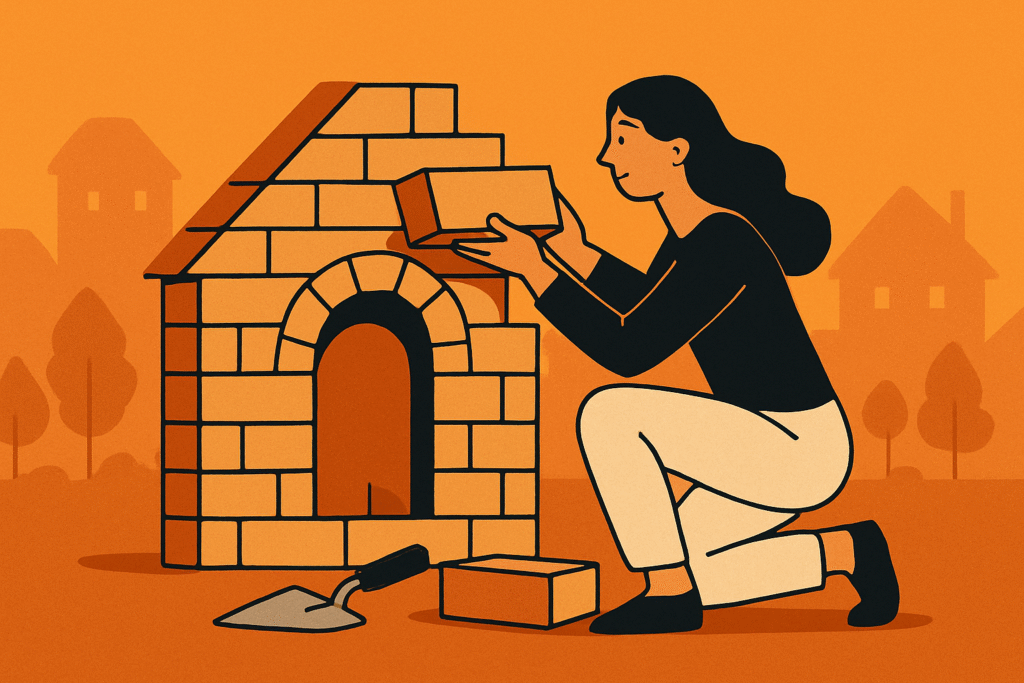
Picture your dorm’s shared kitchen. If everyone cooks at 7 p.m., the stove line explodes and dinner’s late. If nobody cleans at the same time, pests show up. The fix is simple: agree on a rhythm—stagger the cooking, sync the clean-up. Lansing and Kremer describe a real-world version of this on Bali’s terraced rice fields, where farmers face two opposite problems at once: sharing limited water and keeping crop pests down. Their solution is to coordinate when fields are wet or fallow so pests lose their home, without making every farm demand water on the same day. That balance—neither “everyone goes solo” nor “everyone moves in lockstep”—is the heart of the story.
According to Lansing and Kremer, Bali’s farmers use “water temple” networks to plan planting like a neighborhood schedule. These temples aren’t just spiritual sites; they’re meeting points where farmer groups set calendars. One example follows two systems on the same river. Downstream subaks planted together and even delayed their start by two weeks compared with their upstream neighbors so the heaviest water demand didn’t hit at once. Pests stayed minimal that season, harvests were solid, and the shared water—though tight—stretched further because the peak didn’t collide. Think of it as staggering shower times in a crowded house so the hot water lasts.
To see how much coordination matters, Lansing and Kremer built a computer model of two rivers, mapping 172 farmer associations and simulating rain, river flow, crop stages, water stress, and pest growth. When they compared the model with real harvests, it matched well. Then they tested different ways of coordinating. If every group planted alone, pests soared; if everyone planted the same day, water stress spiked. The sweet spot—highest yields—looked like the actual temple network scale in between. In short: the right-sized team plan beats both free-for-all and one-size-fits-all.
Here’s the coolest part for everyday life: when the researchers let groups “copy the best neighbor” year after year, coordinated clusters popped up on their own and average yields climbed. Those networks also bounced back faster from shocks like droughts or pest bursts—because a good rhythm makes the whole system tougher, not just one farm. The authors warn that random, every-group-for-itself changes (like chasing the newest crop without syncing with neighbors) keep results uneven across the region. The takeaway for your team, club, or flatmates is simple: set a shared cadence, borrow what works nearby, and plan breaks on purpose. That’s how you get more done with less stress—and recover quicker when life throws curveballs.
Reference:
Lansing, J. S., & Kremer, J. N. (1993). Emergent Properties of Balinese Water Temple Networks: Coadaptation on a Rugged Fitness Landscape. American Anthropologist, 95(1), 97–114. https://doi.org/10.1525/aa.1993.95.1.02a00050
Privacy Notice & Disclaimer:
This blog provides simplified educational science content, created with the assistance of both humans and AI. It may omit technical details, is provided “as is,” and does not collect personal data beyond basic anonymous analytics. For full details, please see our Privacy Notice and Disclaimer. Read About This Blog & Attribution Note for AI-Generated Content to know more about this blog project.


